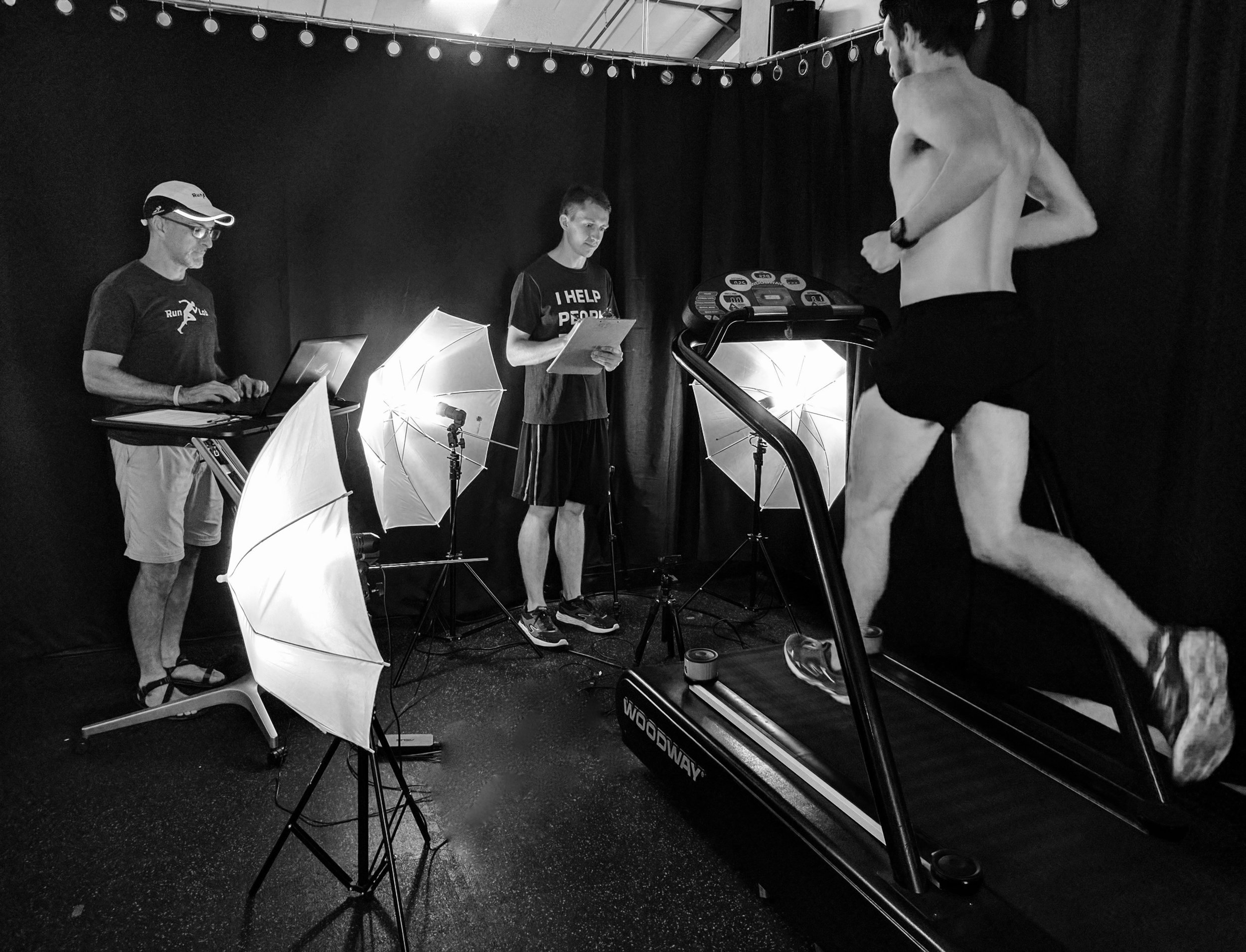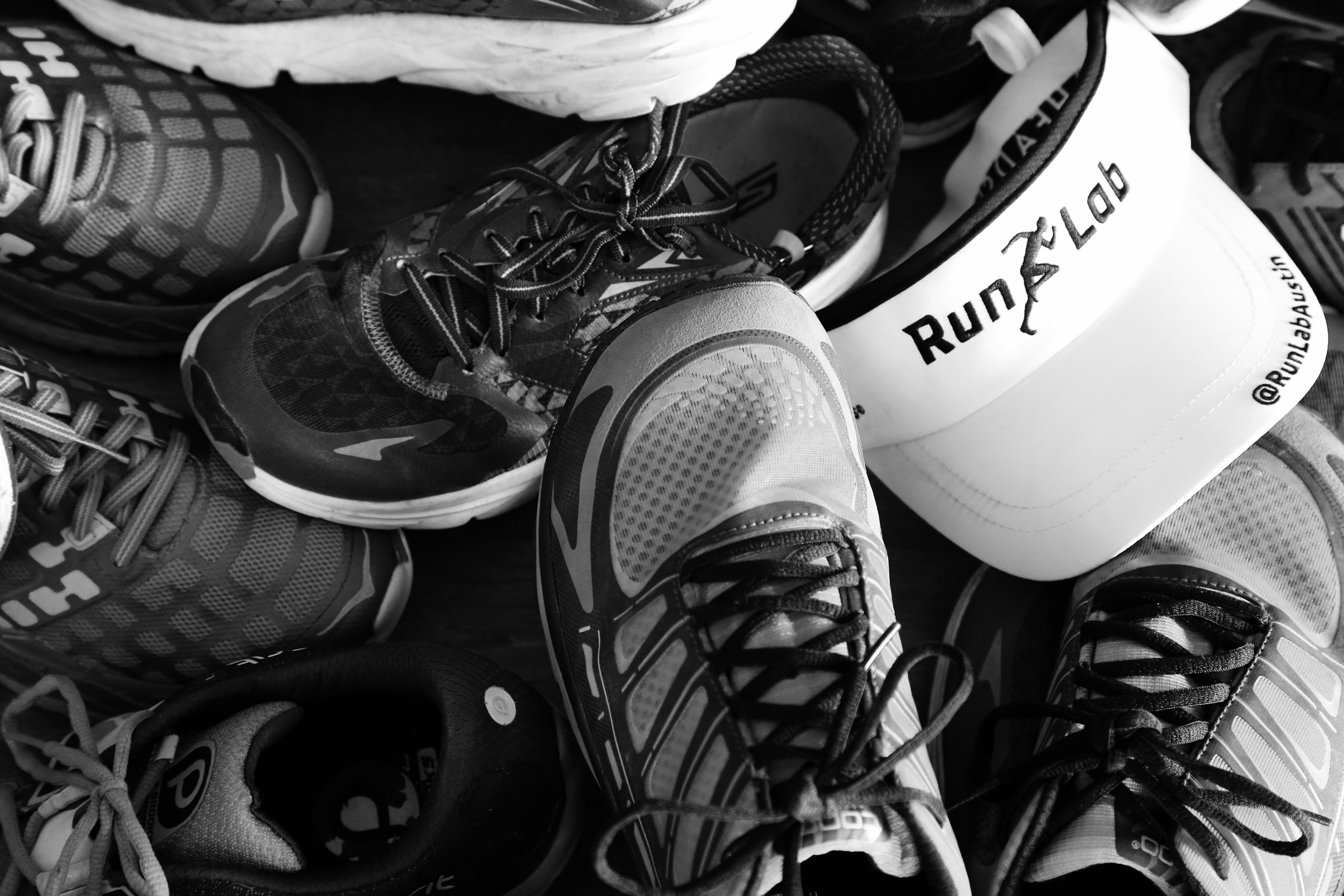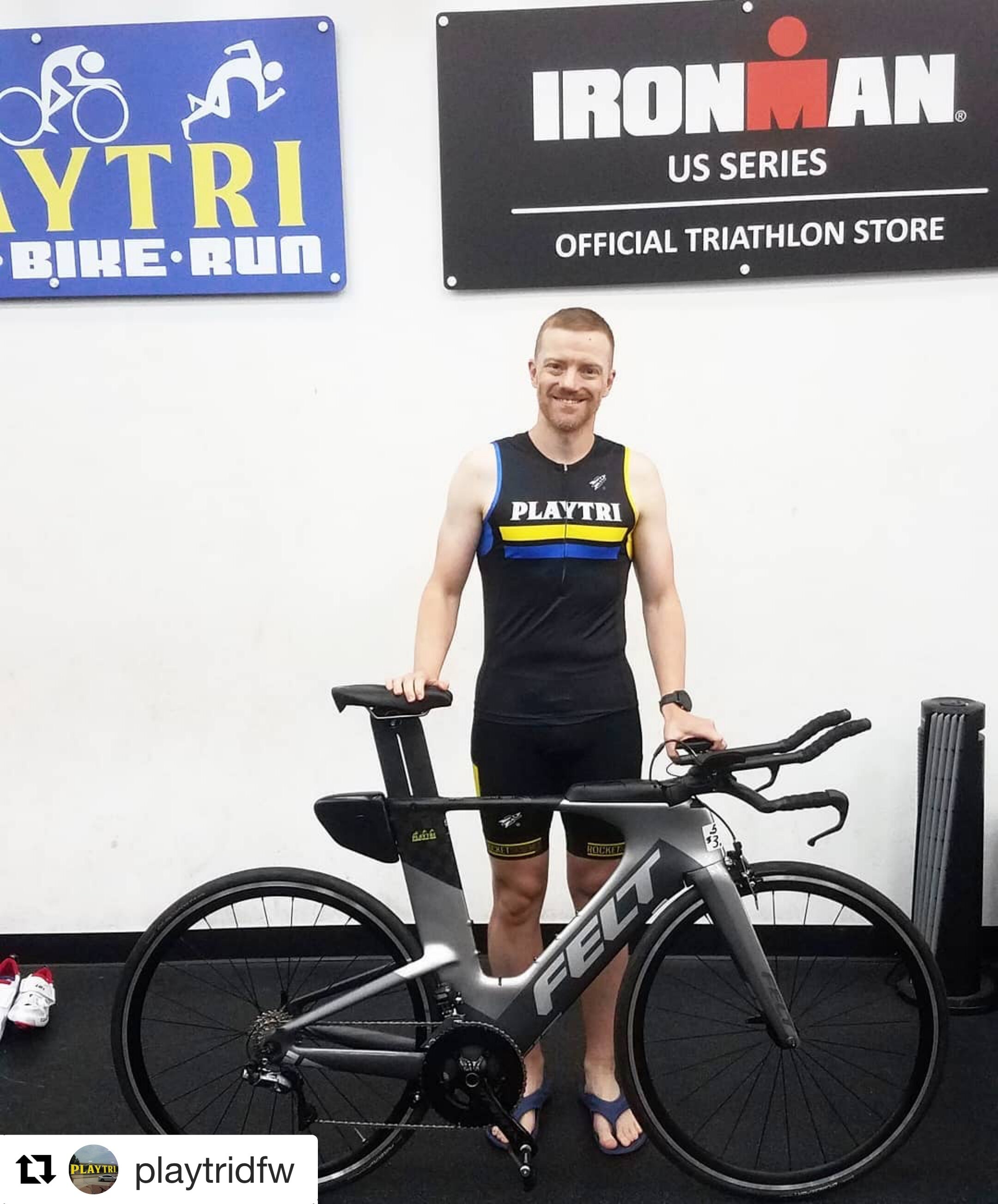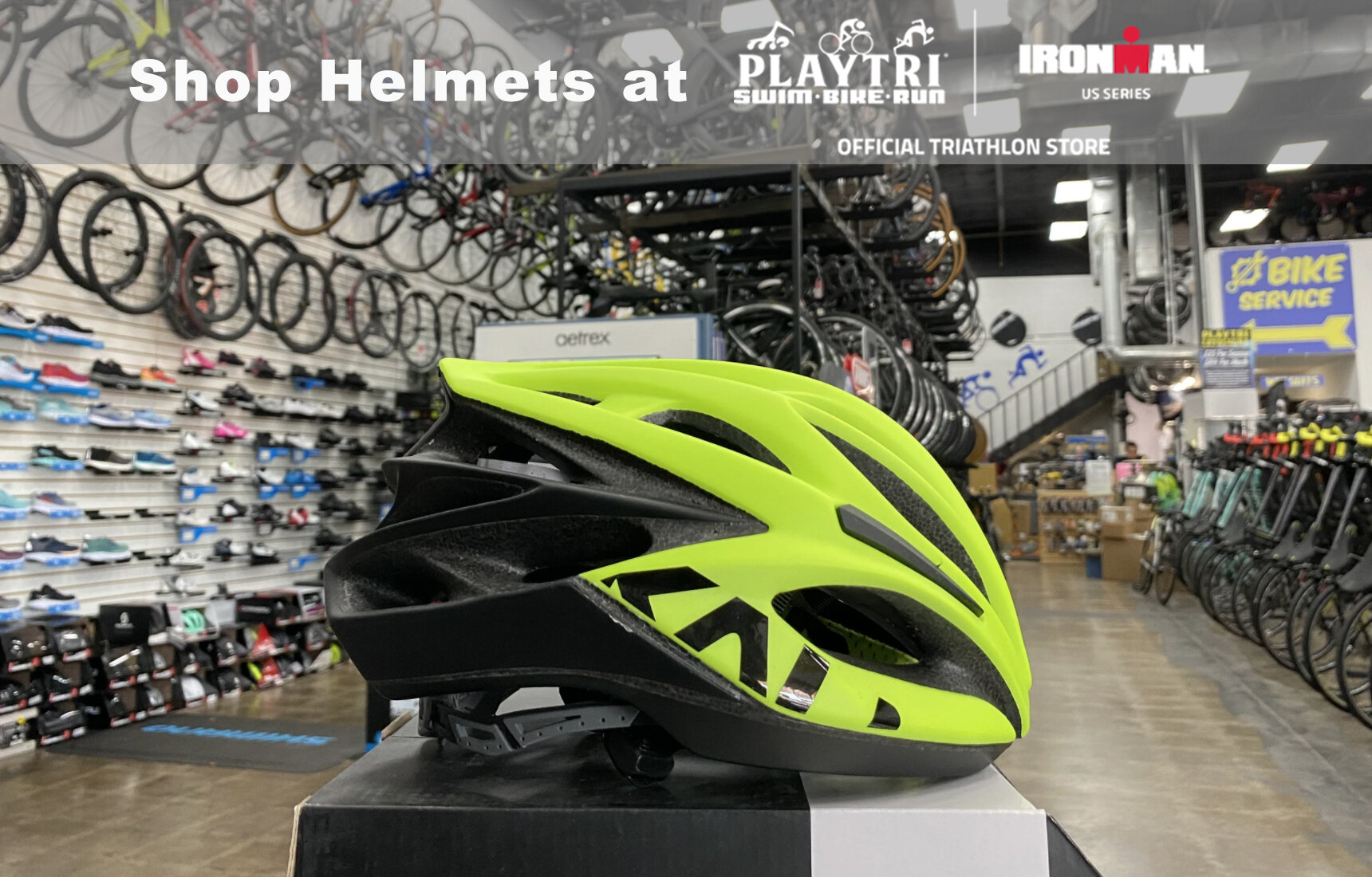How to Get Faster on the Run with Coach Jim
As the triathlon season begins to wind down (if it really started at all this year!), it’s natural for us to turn our attention to making improvements for the next season. And since we didn’t get to race much (if at all) this season, we might find ourselves putting more energy and excitement into preparing for the 2021 season. If you are looking at making improvements as a runner this fall, here are 10 tips to help you get started.
“Don’t get injured. Don’t get sick.” Words of wisdom from Craig “Crowie” Alexander when he came to visit Playtri Dallas in 2019. I share this regularly with my athletes in emails and during our weekly phone calls. You can’t improve your run, if you can’t run because of injury or illness.
Improve your posture. Unless you spend most of your day standing and walking, you likely have postural issues related to sitting for long periods of time. Before each run, do a dynamic warm-up that preps your body to run tall. When you run imagine that you are a marionette puppet who has strings attached to your body. Your hips should be above your feet when you land, your upper body should be aligned with your hips, and your head should be stacked neatly above your shoulders.
Run with wheels. Most age-group triathletes have weak, shortened hip flexors from sitting for most of the day for work. Thus, we swing our legs back and forth instead of lifting our knees with our hip flexors. Visualize your legs moving in a circular wheel-like motion instead of swinging back and forth.
Increase your cadence. As your ground contact time increases, your injury rate increases. Work with a metronome or listen to music to slowly increase your cadence over time. The gold standard for cadence is 180+ steps per minute, but even a 5% increase in your cadence will help decrease your chance of injury and help you run faster.
Run more. By running more, you will increase your fitness and you will become a more efficient runner. But increase your mileage gradually. Running is a high impact sport so any increase in mileage also increases your chance of injury.
Spend more time on the swim and/or bike. This may seem contradictory to the previous one, but hear me out. If there is a large difference between your standalone running time and your triathlon running time, then you likely need to improve your swim and/or bike fitness, economy, and skill so that you’re not as tired when you exit T2. Focusing on improving your swim and/or bike will help you to be fresher for the run.
Make the hard days hard and the easy days easy. Too many triathletes train in the grey area where the easy days are too hard and the hard days are not hard enough. If you have an aerobic run on your training schedule, then make sure it stays aerobic. If you have a tempo run or track work on your schedule, then really commit to the harder speed work portions and savor the easy recovery portions.
Include weekly Brick Work. Do endurance focused bike rides followed by short 10-15 minute runs and short, 30 minute bike rides with longer, endurance runs. As your “A” race gets closer, make your brick work more race specific by adjusting your intensity and length of workout, terrain, weather conditions, and fueling to match your race as much as possible.
Strengthen your core. Core strength has a direct impact on all three triathlon disciplines, because your core is the source for all your strength and power in athletic endeavors. If your core is not strong enough, you cannot maintain proper form, pace, or power for long. Improving your core strength means strong and resilient hips, glutes, and deep core muscles (like obliques) that will help you in all three disciplines.
If you do nothing else as a result of this article, at least do these two things: start strengthening your core AND start improving your posture.
I hope you found this useful and don’t hesitate to ask for clarifications by reaching out to me at jim.rowe@playtri.com.
Kind regards,
Coach Jim Rowe
UESCA Certified Triathlon Coach
TRX Certified Coach





